Leading players in the Homelab Market are focusing on innovation and product development to maintain their competitive edge. They are introducing advanced hardware and software solutions tailored to the diverse needs of consumers, including professionals, enthusiasts, and home users. Additionally, leading players are expanding their product portfolios through strategic partnerships, acquisitions, and collaborations to offer comprehensive homelab solutions. By emphasizing performance, reliability, and user experience, these companies aim to strengthen their market developments and meet the evolving demands of the Homelab Market.
Manufacturing locally to minimize operational costs is one of the key business tactics used by manufacturers in the Homelab industry to benefit clients and increase the market sector. In recent years, the Homelab industry has offered some of the most significant advantages to hardware. Major players in the Homelab Market, including Raspberry Pi Foundation, NVIDIA Corporation, Intel Corporation, AMD, Synology Inc., Ubiquiti Inc., ASUS, Hewlett Packard Enterprise, Dell Technologies, Netgear Inc., and others, are attempting to increase market demand by investing in research and development operations.
Raspberry Pi Foundation is a key player in the Homelab Market, renowned for its innovative single-board computers (SBCs) and educational initiatives. Founded with the mission to promote computer science education and enable DIY projects, Raspberry Pi Foundation offers a range of affordable and versatile SBCs, including the popular Raspberry Pi series. These compact yet powerful devices serve as the foundation for homelab setups, providing enthusiasts, professionals, and home users with the means to experiment, learn, and create customized technology solutions.
With a strong emphasis on accessibility, versatility, and community-driven support, Raspberry Pi Foundation has empowered millions of individuals worldwide to explore technology, develop new skills, and build homelab environments tailored to their interests and needs.
NVIDIA Corporation is a prominent player in the Homelab Market, known for its cutting-edge graphics processing units (GPUs) and artificial intelligence (AI) technologies. The company offers a range of high-performance GPUs, including the GeForce and Quadro series, which are widely used by enthusiasts, professionals, and researchers in homelab environments for tasks such as gaming, content creation, and AI development. Additionally, NVIDIA provides software solutions like CUDA and cuDNN, empowering users to harness the power of parallel computing and accelerate their homelab projects.
With a focus on innovation, performance, and scalability, NVIDIA Corporation continues to drive advancements in homelab technology, enabling users to push the boundaries of creativity and exploration in their personal computing endeavors.
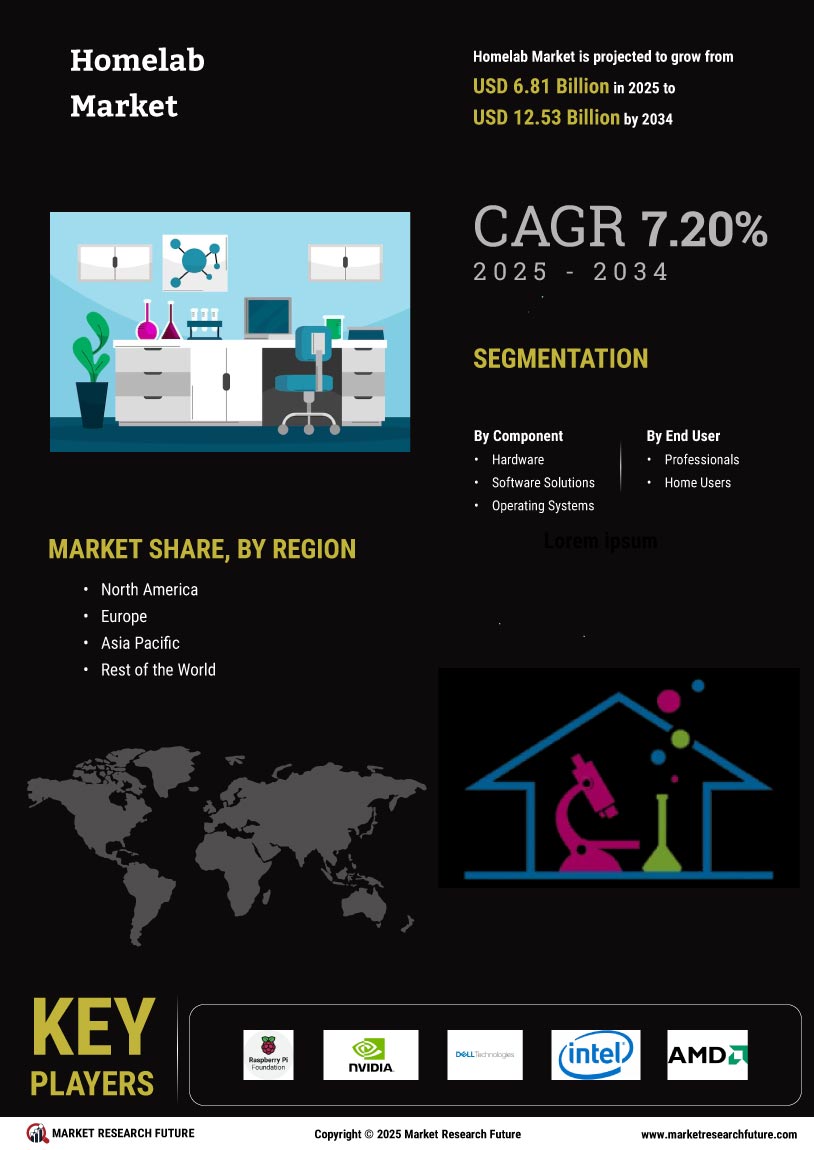

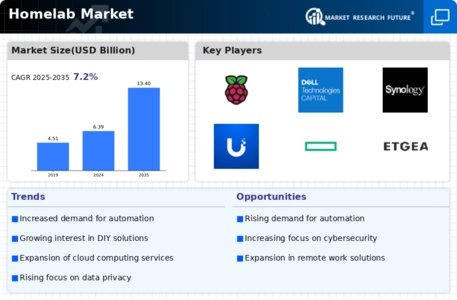
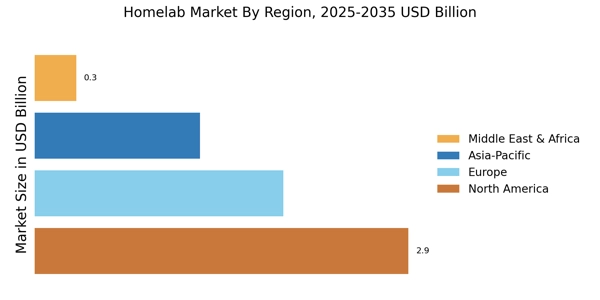

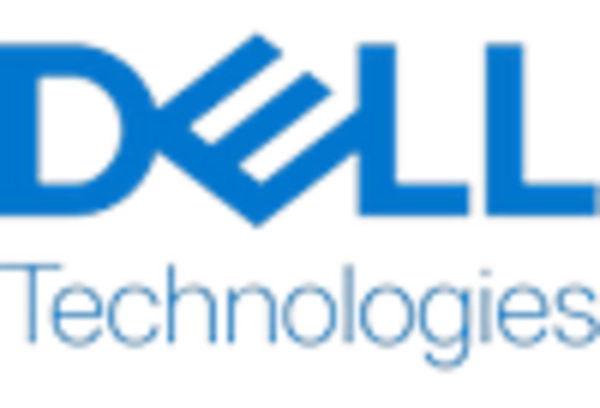

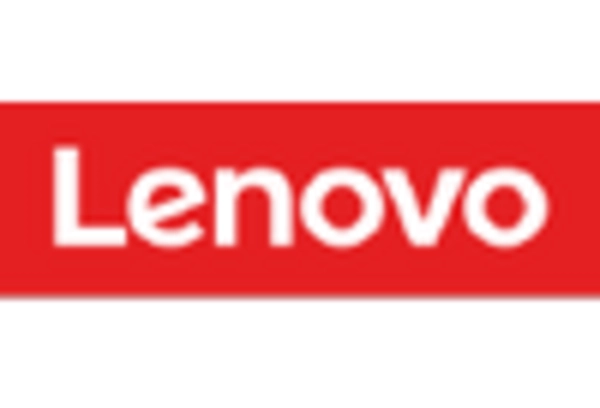
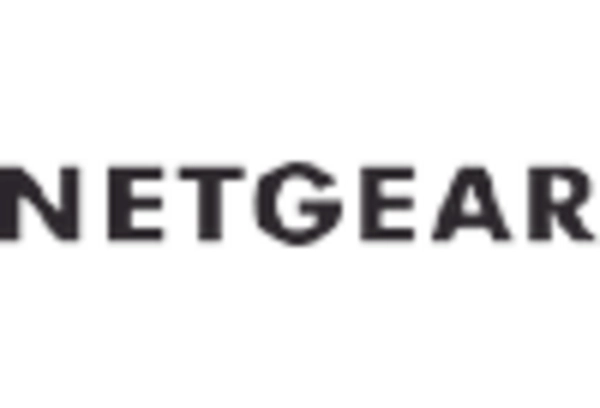
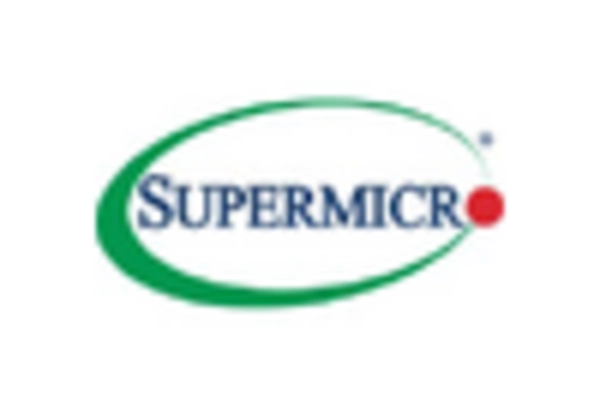








Leave a Comment